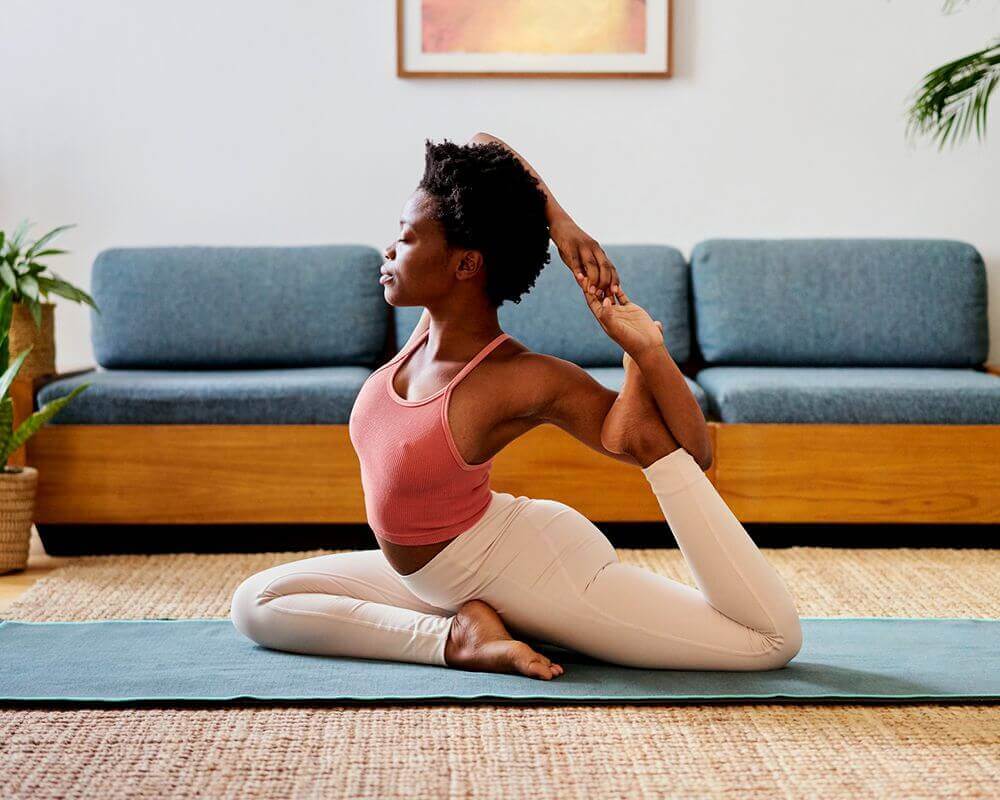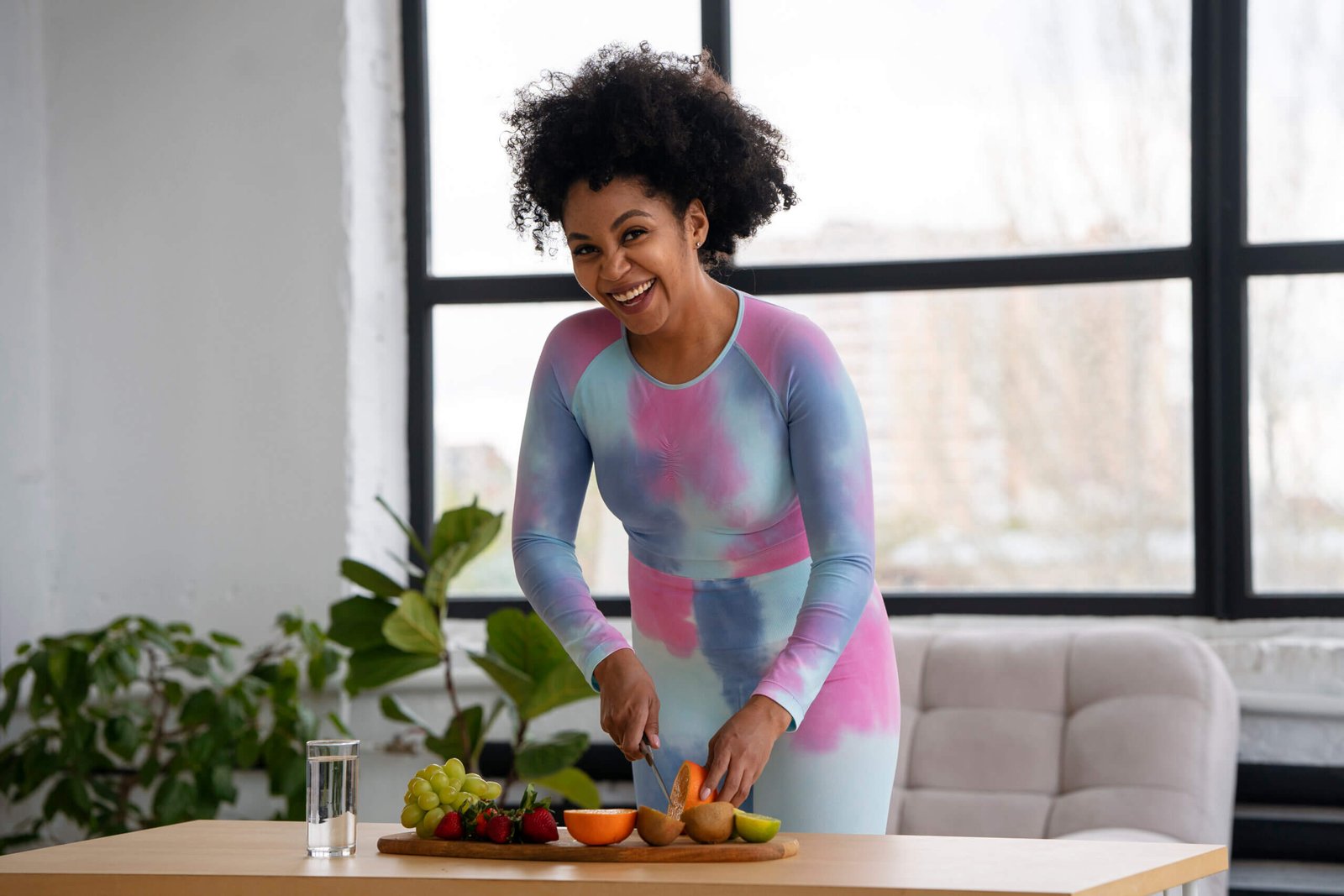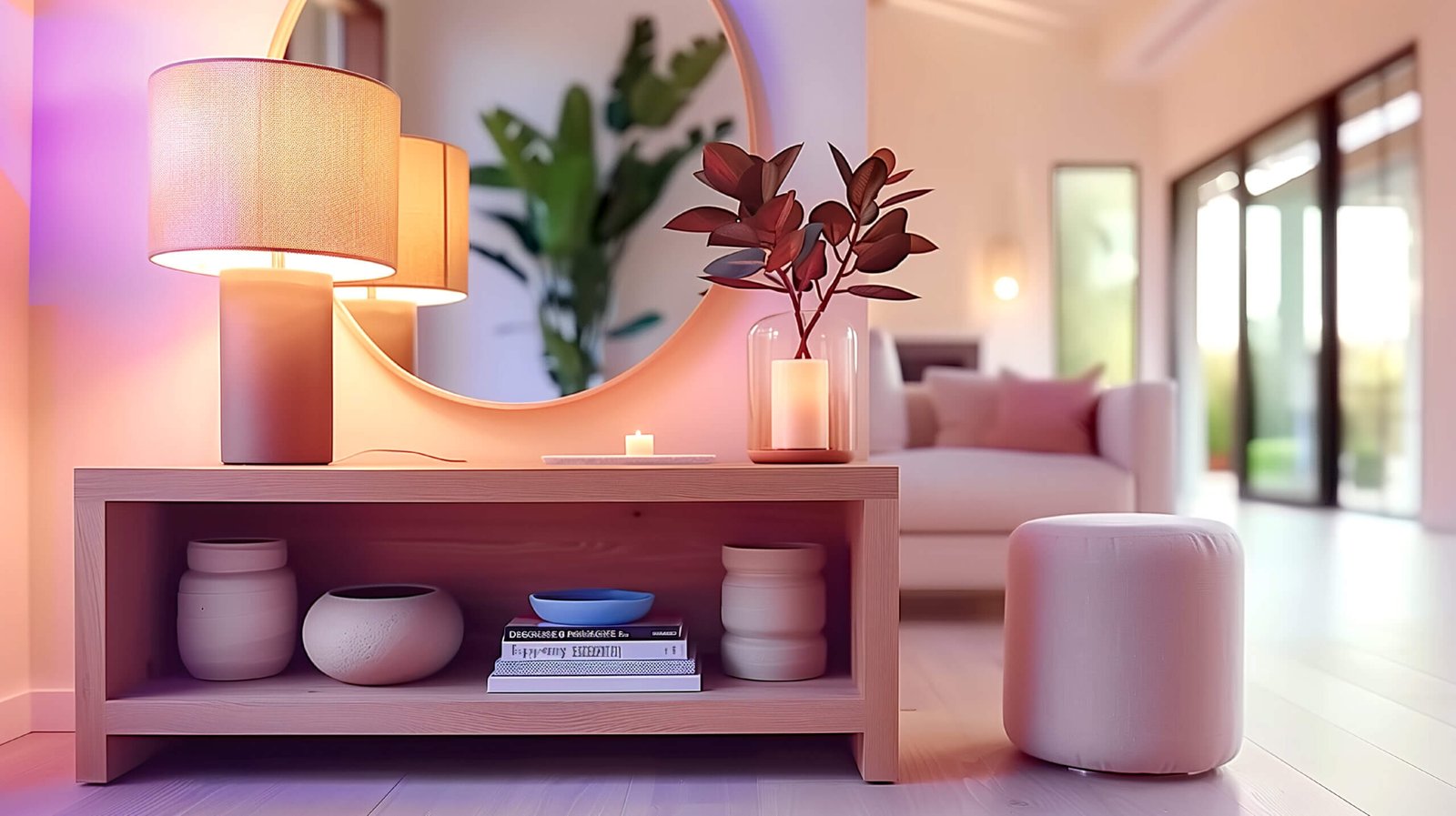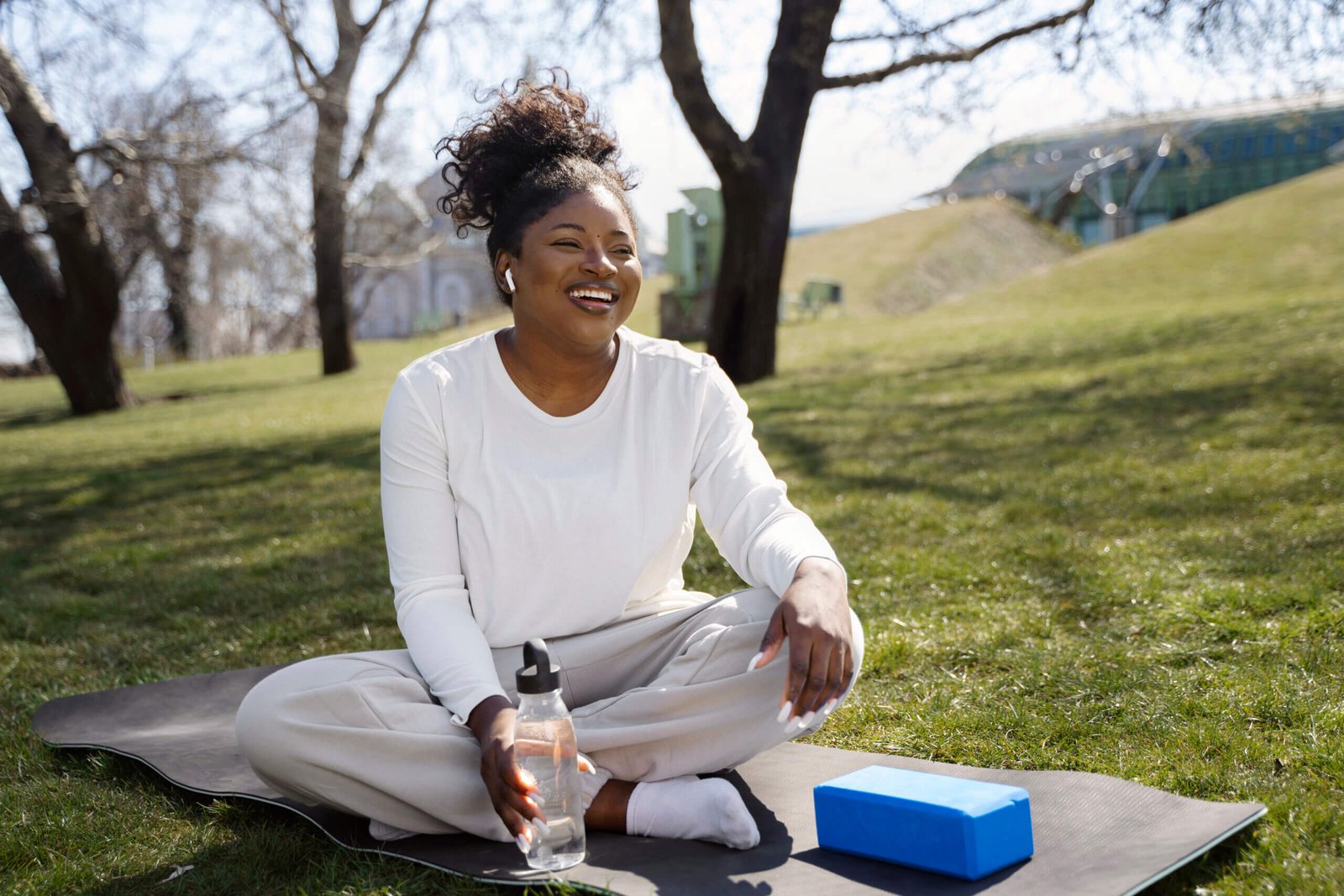
Do you know how to find a good yoga mat? Choosing the best yoga mat for you is one of the most crucial aspects of your practice. Whether you’ve been practicing yoga for a long time or only periodically watch a 20-minute vinyasa flow on YouTube.
Thank you for reading this post, don't forget to subscribe!Start by reading our guide to the best yoga mats but be careful not to get a subpar mat. This may cause you to slide around when you start to perspire. In the same way, you don’t want to spend hundreds of dollars and not feel supported as you go through your cycle in the current cost of living crisis.
How to find a good yoga mat: Eco-friendly or PVC materials?
Yoga mats come in a variety of sizes and forms. But they’re not all made of the same substance, so you should consider what’s important to you. If cost is a major consideration, you’ll undoubtedly seek out a PVC-based mat. This is more affordable and has better traction but can be a less environmentally friendly option over time.
Natural rubber or eco-polyurethane are frequently the top basis of eco-friendly or sustainable mats because they improve grip. Leo Oppenheim, head yoga instructor at BLOK(opens in new tab), says he would never select a PVC yoga mat over one that is “manufactured from sustainable and environmentally friendly materials.” A yoga mat’s longevity and durability are greatly influenced by the manufacturer and the materials employed, but a good eco-friendly yoga mat ought to endure at least a year of consistent use.
Is thickness important?
You probably need a thicker mat if you experience continual discomfort during your practice or if your joints hurt. Depending on the type of yoga you do, yoga mat thicknesses can range from 0.5mm to 5mm. A thicker mat is ideal for more restorative positions, such as child’s pose or threading the needle, while a lighter mat can be useful for traveling.
Balance, comfort, and joint health will all be impacted by a mat’s thickness. According to Oppenheim, thicker mats are ideal for restorative yoga sessions because they offer a greater level of comfort and support when you hold a pose for longer than you would in a typical yoga class.






